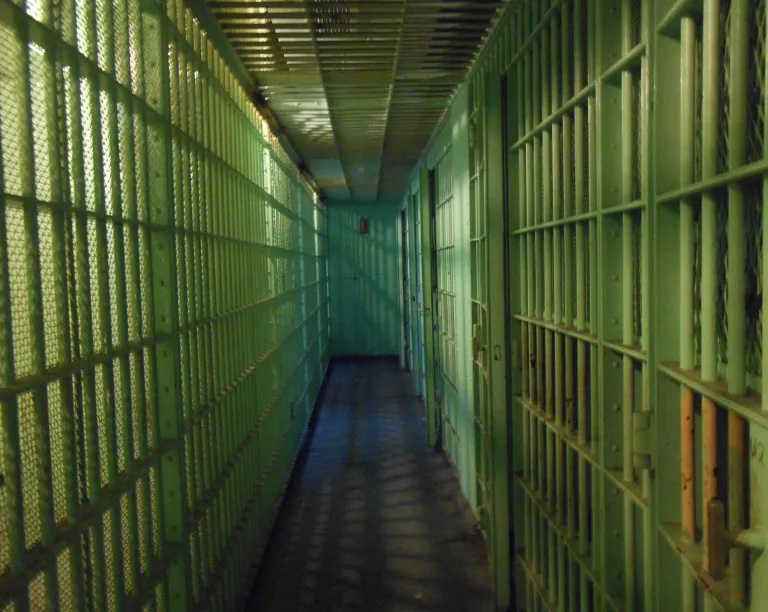Last Saturday, Broxbourne’s Canal in Hertfordshire was filled with a flotilla of boats, all protesting against Canal and River Trust’s (CRT) absurd and falsely named new ‘Safety Zones’ proposal. The protest attracted boaters from all over the London region and beyond, including representatives from Broxbourne’s own Cruising Club. A ‘towpath protest’ of boaters and non-boaters followed in their wake, raising awareness of CRTs discriminatory policy changes, and how they threaten people’s livelihoods. Support from the local community was passionate, with many affirming how they love the boats, and see no need to introduce these confusing and unnecessary ‘Safety Zones’.
Since 2012, the CRT have assumed guardianship of 2000 miles of the UK’s canals and rivers from the state-owned British Waterways (BW). As a not-for-profit charitable trust, the CRT have placed an increased emphasis on wellbeing in their agenda for their waterways’ users.
According to the CRT’s National Boat Count, boat numbers were rising for a period in the London area. However, this increase in use appears less welcomed by the CRT when compared to the increase in leisure uses of the estate they manage, despite liveaboard boaters paying licensing fees to the CRT, yielding them a growth in income revenue.

The CRT does not have legal powers to stop or restrict the number of licensed boats on the water, and as such are seeking “creative solutions to help manage growing boat numbers […] to address [the] challenges” this brings them. In lieu of the limited powers the CRT possess, it is difficult to envisage any “creative” solutions that would be equitable across the wide range of boaters that live on London’s waterways, such as introducing surcharges or fees for certain uses of the canals. However, this is occurring in spite of the CRT’s own 2020 data showing a 2.2% reduction of boats in the region.
The National Bargee Travellers Association (NBTA) argues that the policy is profoundly ill-conceived, particularly in the context of a housing crisis and a pandemic. They also argue that evacuated canals will turn the towpaths into the danger zones they once were, prior to the growth in the boating population.
“Three-quarters of rowing safety incidents occur between two rowers rather than between rowers and boaters. The relationship between moored boats and rowing safety incidents is very weak, if there is any relationship at all” argues Ian McDowell, chair of the London branch of the NBTA. “The CRT has provided very limited data to justify this policy,” he continues, “and yet the impact on the boating community will be drastic. Many boats in London are homes. These planned ‘safety zones’ will displace many boat dwellers from these areas.”
Many boaters believe that the ‘safety zone’ policy is part of a larger attempt to drive them off the waterways. CRT aims to introduce policy proposals later in the year aimed at ‘managing boat numbers.’

Boaters say they have asked the CRT for the data they have used to calculate an ‘optimal’ number of boats, but have been met with silence. They say they are left to conclude that the CRT’s various manoeuvres are motivated by an underlying prejudice against nomadic communities and that this prejudice will have dire consequences for the London boating community.
The apparent need to manage the volume of liveaboard boats in London is not a new struggle for boaters. Back in 2010, BW said that were “more boats moored along the Lea [River] than are desirable” and attempted to zone London’s waterways into “neighbourhoods”. Due to the anger and push back from boater communities, this plan was eventually dropped.
The NBTA has described the CRT’s 2018 London Mooring Strategy (LMS) as “a strategy to help clear London’s waterways of boat dwellers and turn it into a London waterway leisure and business park. It is the perfect recipe for gentrification of the waterways.” Amongst other issues, the LMS includes a reduction of mooring time available for boaters at 22 sites, with increased surveillance and enforcement on the sites with reduced time limits.
The LMS has not been completed, yet the CRT are currently conducting a new survey to help them strategise new ways to manage the “very high and increasing” boat population. However, the CRT are yet to provide supporting information for the assumed problems caused by the volume of boats, or substantiating data on the apparently negative efficacies of an increased liveaboard population.
The London branch of the NBTA continues to fight the increasing gentrification of London’s waterways and is planning further action to protect liveaboard boaters and to ensure that the waterways remain for the use of everyone, not just for those with access to resources or for business to expropriate money from a public asset.
PLEASE SUPPORT THIS FUNDRAISER TO HELP BOAT DWELLERS WITH THE LEGAL CHALLENGE AGAINST THE CTR.

This text was composed from two separate pieces available on the NBTA website (1 and 2). All images are from the NBTA website.








